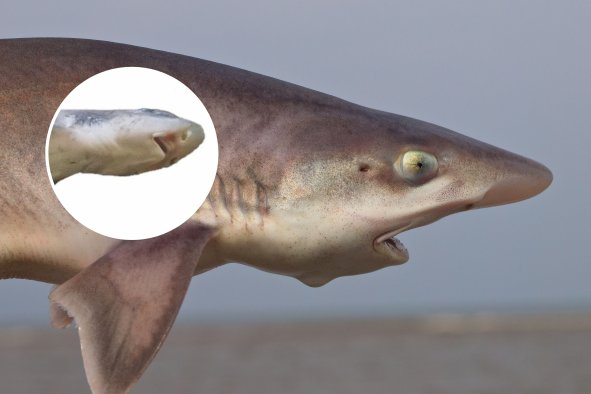Florida could be in the path of a new tropical storm that may develop as soon as this weekend over the eastern Gulf of Mexico or the far southwestern Atlantic.
The National Hurricane Center (NHC) said officials and residents across Florida, as well as the Greater Antilles and Bahamas, should stay vigilant as they track the development of this disturbance.
The NHC reports that the storm's development is being fueled by a tropical wave currently situated near Puerto Rico and the Virgin Islands. If the system's winds reach 39 mph, it will be named Tropical Storm Debby, the fourth named storm in the 2024 Atlantic hurricane season, which runs from June 1 to November 30.
"A well-defined tropical wave is producing a large area of disorganized showers and thunderstorms over Hispaniola, Puerto Rico, the Virgin Islands, and the adjacent waters of the southwestern Atlantic and northeastern Caribbean Sea," the NHC said Thursday in an Atlantic 7-Day Tropical Weather Outlook.
"Development of this system should be slow to occur during the next couple of days while it moves west-north-westward over portions of the Greater Antilles. However, environmental conditions are forecast to be more conducive for development after the wave passes the Greater Antilles, and a tropical depression could form this weekend or early next week over the eastern Gulf of Mexico or near the Florida Peninsula," the NHC said.
There is a 60 percent chance that the system will develop into a tropical depression or storm (a more severe condition) within the next seven days, the NHC said. Additionally, there is a 20 percent chance that such a development will occur within the next 48 hours.
A tropical depression is a weather system characterized by a low-pressure center, with organized thunderstorms and winds ranging from 23 to 39 mph. It is the initial stage in tropical cyclone development and can intensify into a tropical storm or hurricane if conditions are favorable.
The 2024 Atlantic hurricane season began unusually early with Hurricane Beryl earlier this year, which rapidly intensified into a Category 5 storm.
A Category 5 storm, the highest classification on the Saffir-Simpson scale, has winds exceeding 157 mph and causes catastrophic damage.
Exceptionally warm ocean temperatures partially fueled this explosive strengthening, according to the National Environmental Satellite, Data, and Information Service. In fact, this year's Atlantic hurricane season has an 85 percent chance of being more active than normal, the National Oceanic and Atmospheric Administration (NOAA) predicts.
The NOAA forecasts 17 to 25 named storms, with eight to 13 of them becoming hurricanes, including four to seven major hurricanes. Typically, an average season has 14 named storms, seven hurricanes and three major hurricanes.
Do you have a tip on a science story that Newsweek should be covering? Do you have a question about tropical storms? Let us know via science@newsweek.com.
Disclaimer: The copyright of this article belongs to the original author. Reposting this article is solely for the purpose of information dissemination and does not constitute any investment advice. If there is any infringement, please contact us immediately. We will make corrections or deletions as necessary. Thank you.



